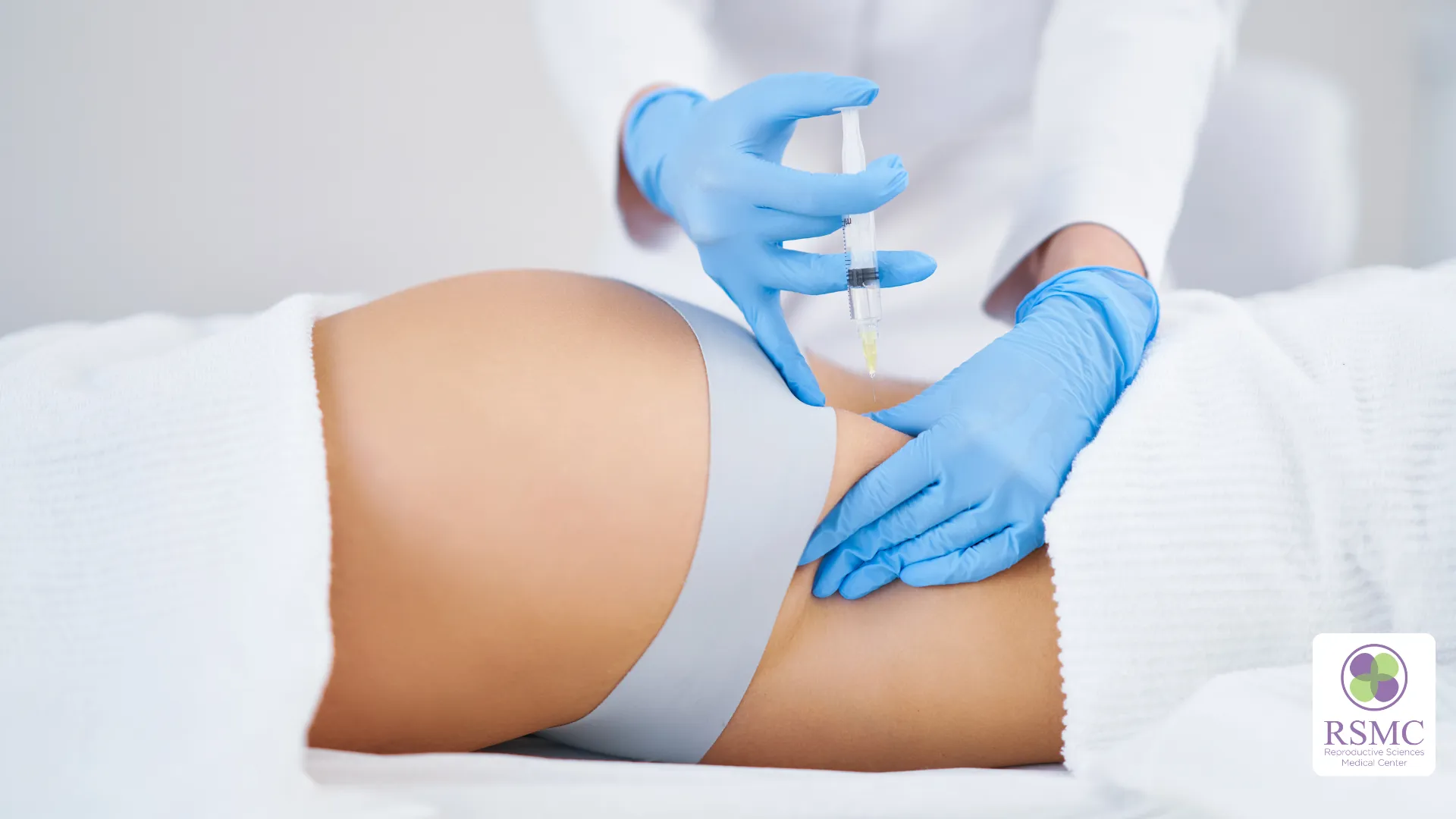[fusion_builder_container hundred_percent=”no” equal_height_columns=”no” menu_anchor=”” hide_on_mobile=”small-visibility,medium-visibility,large-visibility” class=”” id=”” background_color=”” background_image=”” background_position=”center center” background_repeat=”no-repeat” fade=”no” background_parallax=”none” parallax_speed=”0.3″ video_mp4=”” video_webm=”” video_ogv=”” video_url=”” video_aspect_ratio=”16:9″ video_loop=”yes” video_mute=”yes” overlay_color=”” video_preview_image=”” border_size=”” border_color=”” border_style=”solid” padding_top=”” padding_bottom=”” padding_left=”” padding_right=””][fusion_builder_row][fusion_builder_column type=”1_1″ layout=”1_1″ background_position=”left top” background_color=”” border_size=”” border_color=”” border_style=”solid” border_position=”all” spacing=”yes” background_image=”” background_repeat=”no-repeat” padding_top=”” padding_right=”” padding_bottom=”” padding_left=”” margin_top=”0px” margin_bottom=”0px” class=”” id=”” animation_type=”” animation_speed=”0.3″ animation_direction=”left” hide_on_mobile=”small-visibility,medium-visibility,large-visibility” center_content=”no” last=”no” min_height=”” hover_type=”none” link=””][fusion_text columns=”” column_min_width=”” column_spacing=”” rule_style=”default” rule_size=”” rule_color=”” hide_on_mobile=”small-visibility,medium-visibility,large-visibility” class=”” id=””]
IVF Treatment is a Series of Steps That Starts with Ovulation Regulation and Ends with a Pregnancy Test
IVF treatment is the “big guns” of the fertility world and is used only after other, less invasive, methods have been tried and failed. The IVF procedure is expensive and time consuming but worth it. The good news is that, on average, the live birth rate for women on their first in vitro fertilization cycle is 30%. This compares very favorably with the rate for couples with normal fertility on a natural cycle. So, how exactly does this IVF treatment work? Here’s a rundown on the process.
- Predicting Ovulation
Predicting when you will ovulate is the starting point because ovulation has to be regulated for the IVF process to work. You will either use an ovulation prediction method or be put on birth control pills to regulate your cycle. After ovulation patterns are established your doctor will put you on a GnRH antagonists, like Ganirelix, or a GnRH agonist, like Lupron, to control ovulation so eggs aren’t released before it’s time to retrieve them.
-
Getting Your Period
On the second day of your period, your doctor will probably order blood work and a transvaginal ultrasound. This is your baseline bloodwork and your baseline ultrasound that will be used throughout your IVF treatment. The bloodwork is so your doctor can look at your E2 or estradiol estrogen levels to make sure your ovaries are actually “sleeping” like they are supposed to be since you were taking the GnRH antagonists. The ultrasound is to check the size of your ovaries and look for ovarian cysts.
- Stimulating and Monitoring the Ovaries
In order to stimulate the ovaries, you will be injecting yourself with gonadotropins (fertility drugs) daily for a week to 10 days. During this time, your doctor will be monitoring the growth of the follicles in the ovaries. Every few days the doctor will want to monitor your estradiol levels through bloodwork and oocyte (eggs in the ovaries) growth by ultrasound. When the largest follicle gets to 16-18mm in size your doctor will want to see you daily.
- Oocyte Maturation
The next step is to trigger the oocytes so they finish maturing, they must be fully developed before they can be retrieved. This is accomplished with a shot of human chorionic gonadotropin (hCG) that must be timed perfectly. The doctor will tell you exactly when to do this shot based on the planned retrieval time. Most protocols call for this shot to be given when four or more follicles are 18-20mm in size with estradiol levels at 2,000 pg/ML or greater.
-
Egg Retrieval
At this point, the IVF procedure is on a very tight timing schedule. The egg retrieval must happen within 34-36 hours after you receive the hCG shot. It’s a minor surgical procedure using a light sedative that will make you relaxed and pain-free during the procedure. Using a transvaginal ultrasound, the doctor will guide a needle through the back wall of the vagina and up into the ovaries. The needle will then suck the fluid and oocyte (one oocyte per follicle) into the needle where they will be transferred to the lab for fertilization. You’ll be kept in the medical center for a few hours afterwards to make sure nothing worse than light spotting and lower abdominal cramping occurs.
- Fertilizing the Eggs
After they are aspirated the follicles are taken to the lab where the oocytes, or eggs, are retrieved and evaluated by the embryologist. Only the healthy and mature eggs are fertilized within 12-24 hours. The eggs are mixed with sperm that has been “washed” to separate the sperm from other stuff found in semen. Only the healthiest sperm are used for fertilization as they are the most likely to succeed. Within 12-24 hours of putting the sperm and oocytes together generally 70% of the oocytes are fertilized.
- The Embryos are Transferred
Approximately 3-5 days after the egg retrieval the fertilized eggs are ready to be transferred into the uterus. This is exactly like an IUI treatment and doesn’t require anesthesia. A thin tube is passed through the cervix into the uterus and the embryo(s) are inserted along with a small amount of fluid. After the procedure, you will rest by laying on your back for a couple of hours then go home. If there are extra embryos left over that are going to be frozen it happens at this point in the IVF procedure.
-
Now the Wait
On the retrieval day, or the day after, you will start injecting yourself with progesterone supplements. Progesterone is essential because it helps prepare the uterine lining, facilitates implantation, and can help stop miscarriage. You want this shot.
-
Pregnancy Test
Approximately 9-12 days after the implantation your doctor will order a serum pregnancy test that will include progesterone levels as well as pregnancy indicators. If the test is positive you’ll continue to take the progesterone supplements for several more weeks. After the first couple of months you’ll be monitored just like any other pregnancy.
[/fusion_text][/fusion_builder_column][/fusion_builder_row][/fusion_builder_container]























